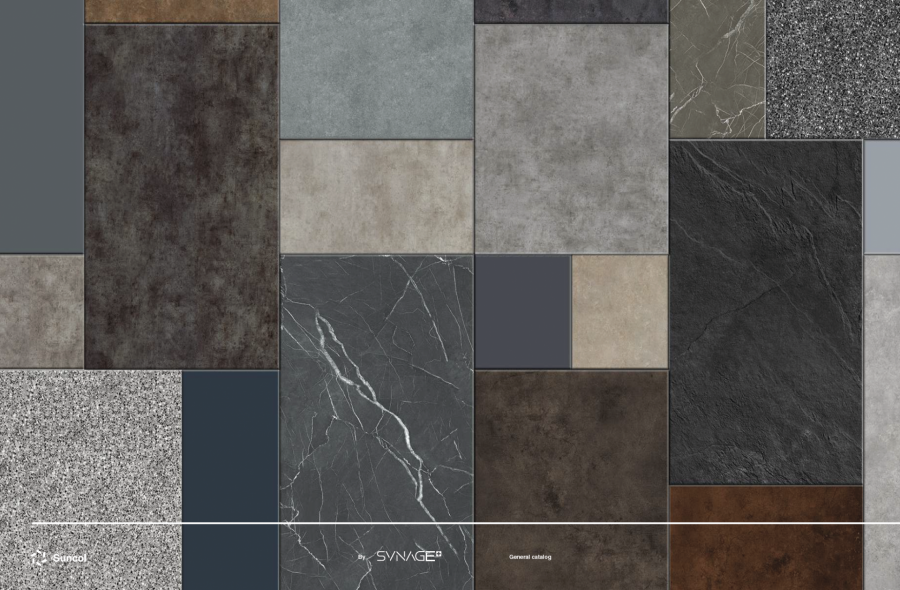Achieving carbon neutrality with a new generation paint.
“Sustainability and health can no longer exist in separate domains. Healthy Buildings bridges this gap. It links health science and and business science for a new way of thinking about buildings.” John Mandyck Urban Green Council The sustainability of buildings
As described by the Net Zero Energy Buildings (NZEB) protocols, and the health issues associated with living in buildings are huge issues facing us in our time.
By the time you reach 80, you will have spent 72 years of your life indoors. Man has become an indoor species. The people who design, construct and maintain our buildings can have a major impact on our health and on the financial performance of construction and development projects. The construction sector needs to focus on two areas: reducing global warming emissions and designing healthier living environments.
According to the Global Building and Construction Alliance’s Global Status Report 2019, the building and construction sector accounted for 39% of carbon dioxide (CO2) emissions in 2018.
Of this total, 28% comes from ‘operational carbon’ and 11% from the energy used to produce buildings and building materials, generally referred to as ‘embodied carbon’.
Embodied carbon refers to the carbon emissions associated with construction materials and processes throughout the life cycle of a building or infrastructure.
Building materials also have an impact on health, including indoor air quality, which the Covid pandemic shows is very important for human health.
The data shows that Airlite is the best solution to address both embodied carbon in the building and construction sector and indoor air quality - offering a practical and cost-effective solution to developers worldwide.
As operational carbon is reduced, embodied carbon will continue to grow in importance as a proportion of total emissions.
While it is important to address operational carbon, the industry must now rapidly increase its efforts to address embodied carbon emissions on a global scale.
- NZEBs are mandatory in the EU from January 2021.
- The NZEB takes into account the life cycle of the building
- To achieve NZEB, embodied carbon must be addressed at every stage of the life cycle.
Comfort and health increase market value
Improving living and working conditions and ensuring a good social impact are of interest to both the owners and inhabitants of a property.
Property values and occupancy rates can be increased by the NZEB guidelines.
The increased comfort and user health benefits of a well-built NZEB can further increase property values and occupancy rates.
A healthy building goes beyond energy efficiency to ensure the health, confidence and productivity of the people who use it. Airlite can improve the health of your building in an extremely cost-effective way.
Airlite reduces embodied carbon by 60-70%.
Traditional paint has a high level of embodied carbon due to the fact that the paint is made from a variety of materials:
- High raw material extraction energy intensity
- High thermal energy requirement for the manufacturing
- End of life disposal of high intensity paints Chemical base
The impact is particularly high because the paint is applied several times during the life of a building.
- Airlite addresses all three of these issues, resulting in a significant reduction in embodied carbon :
- Airlite uses 40% recycled materials, reducing the need to extract virgin materials.
- Airlite is a powder manufactured by a cold mixing process, which uses no thermal energy.
- Airlite’s production facilities are powered entirely by renewable energy. Airlite contains no VOCs or hazardous chemicals, which simplifies end-of-life disposal.
Airlite not only reduces environmental impact, but is part of the solution. It is designed according to the principles of the circular economy and is able to minimise the level of greenhouse gas emissions from buildings.
Healthy buildings
From fighting coronavirus to improving cognitive performance, Healthy buildings and air quality are increasingly important as people spend 90% of their lives indoors.
“Indoor air quality has a direct impact on our lungs and we have a responsibility to eliminate indoor air pollutants that are linked to asthma, lung cancer and other serious diseases. Healthy Buildings outlines the simple steps we can all take to improve our health. “
Harold Wimmer
National President and CEO of the American Lung Association
Sustainability and health can no longer exist in separate domains.
Healthy Buildings bridges this gap. It links health science and business science for a new way of thinking about buildings.
Airlite’s active properties turn painted surfaces into active air purifiers, neutralising air pollution and killing bacteria and viruses.
Airlite has been listed by KPMG as one of the world’s most promising products in the field of residential wellness.
The United Nations has named it one of the four most effective breakthrough technologies for reducing air pollution worldwide.



